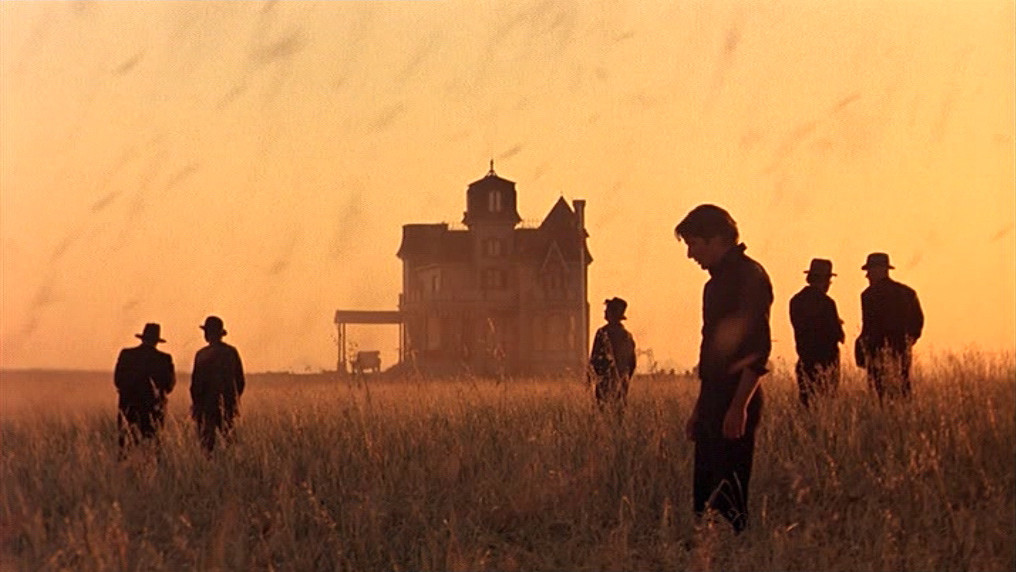
To begin, this isn’t necessarily the selection of films many would expect to find on a list titled as such. Of course, there are masterpieces mentioned here that many would think of, but there are also other offerings which many will disagree with. However, there is an effort to justify their place within this piece.
There are choices that readers would rightfully expect to see here which do not appear, such as Citizen Kane, 2001: A Space Odyssey, 8 1/2, City Lights, or Psycho; it would have been great to include them, but instead of platforming ten obvious selections, there are a few unconventional mentions – but nevertheless, they are films which aspiring filmmakers can learn something from.
10. Elephant (Gus Van Sant, 2003)

“You know there’s others like us out there too.” There is so much that can be said about Elephant. It may just be Gus Van Sant’s greatest achievement. He has made some terrific films – My Own Private Idaho, Drugstore Cowboy, Paranoid Park – but his 2003 Palme d’Or winner is a truly important and impactful piece of work.
The title is derived from Alan Clarke’s 1989 TV drama of the same name, which was certainly an influence, and yet, the title works on multiple levels; it conjures alternative connotations when considered in narrative context, connotations of poaching, and of killing for sport.
Elephant is inspired by the tragic event which took place at Columbine High School in 1999. Two pupils – Eric Harris and Dylan Klebold – carried out a massacre equipped with firearms and homemade bombs, killing a teacher and twelve students, leaving an additional twenty-one injured. It was and remains an American tragedy which shook the globe.
The slaughter inspired imitators, and sadly, this film still remains painfully relevant. There were also other films inspired by the event, such as Ben Coccio’s Zero Day, but arguably none have exhibited the sheer skill, maturity and power of Van Sant’s harrowing perspective.
The film takes place over the course of an average day at an American high school, or so it would initially appear. The sense of routine spirals into crippling discomfort when two young men in camo-gear enter the building – a pivotal moment which anchors every seemingly insignificant moment hereon in.
During the exposition there is an absence of music, and the audience is calmly introduced to the normality of the day. This is then interrupted by the non-diegetic inclusion of Beethoven’s The Moonlight Sonata. Unknowing audiences then experience something unexpected: sorrow. We are waiting for disaster to strike.
Van Sant favours long takes and steadicam, which really transport the audience into the school grounds. We feel as if we are navigating the halls and corridors ourselves; rather than creating something which feels and appears like a conventional high-school drama, Elephant captures a sense of reality, of the mundanity yet simple beauty of safety which can be shattered at any given moment.
There is an overlap of time, as events are witnessed from numerous shifting perspectives, and it is this enforced repetition of minor exchanges which makes us question what makes them so important. We see these dull or fairly uninteresting events from different angles because no one is the protagonist within the narrative: everyone has their own version of reality and importance within their own constantly developing story. No view is superior.
What Van Sant is dealing with is monstrous atrocity orchestrated in the realm of reality. The collision of the two is terribly unsettling. What he also does – very well – is subvert audience expectations through our preexisting knowledge of cinema. It is suggested that Benny may be the hero of the narrative; the character shows signs of bravery, reserve and control.
However, as he begins to attempt to stop one of the killers he is suddenly shot dead, subverting our expectations of potential closure, eradicating any chance of a hero narrative. Yet, we should have known this all along. From the moment Eric begins to play Beethoven in his room on the piano, his omnipresence over the narrative is established, and his intention is to approach his own demise and that of others with a disturbing rationality… to have fun.
The first person they kill is clearly an outcast, a label the murderers associate themselves with. Immediately, there is no self-professed logic to their unmotivated carnage, but merely passionate chaos.
The film isn’t necessarily made up of great moments, but its components form a complete whole. It’s uneasy viewing, and there is no doubt that Elephant shouldn’t be taken as a lesson in entertainment.
Despite this, aspiring filmmakers can learn a lot from it. Van Sant’s film is a prime example of the way in which cinema can reconstruct horrors, unveiling humanity at its worst and urging us to reflect and begin to debate cause for change. We are encouraged to discuss and assess what we have seen, and any great filmmaker will wish to nurture the same engagement with their product. It’s a brave and essential piece of cinema.
9. L’Avventura (Michelangelo Antonioni, 1960)
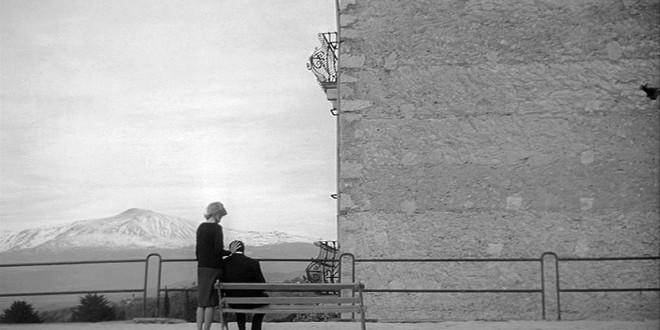
L’Avventura is a compelling exercise in style, telling the story of a woman who disappears during a boating trip with her boyfriend and best friend, who in her absence embark on an affair, or as suggested by the translation of the film’s title, an adventure.
The film is now considered a classic of Italian cinema and one of the best films of the 1960s, which makes its initial reception seem all the more surprising. When it premiered at the 1959 Cannes Film Festival it received incessant booing, causing director Michelangelo Antonioni and leading-lady Monica Vitti to flee the theater. Yet, the second screening couldn’t possibly have received a more contrary reaction; audiences loved it, and the film won the Special Jury Prize. Two years later, it was regarded by popular magazine Sight and Sound as the second greatest film of all time.
The film isn’t so concerned with plot as it is atmosphere, which is perfectly acceptable when viewing a film this sumptuously gorgeous. However, there are still some who feel that the film is empty, which is to entirely miss the point. It is not Anna who is lost, but rather, her disappearance poses the possibility of escape, and of somewhere better.
It is actually Sandro and Claudia who are lost, wandering aimlessly around an enclosure of emptiness. They try to convince themselves that their fling has meaning when it is born of distrust and deception, which makes the film’s closing statement cynical but nevertheless inevitable.
This is not a tale of romance, but of illusion. The heartbreaking revelation is that in spite of a reinforced sense of hopelessness, these two lost souls will tolerate one another because there appears to be nothing else left. Even a false sense of meaning is better than the belief there is none at all.
Antonioni’s film has had a wide influence on modern filmmaking, and stands as a triumphant landmark moment in European cinema. Those who have recently watched Orson Welles’ recently unearthed The Other Side of the Wind will notice the parodical evaluation of Antonioni’s signature style.
L’Avventura is an example of a creative filmmaker defying expectation to help sculpt a new cinematic language, and it can still teach us to be brave, ambiguous, and of course, ambitious.
8. Night on Earth (Jim Jarmusch, 1991)
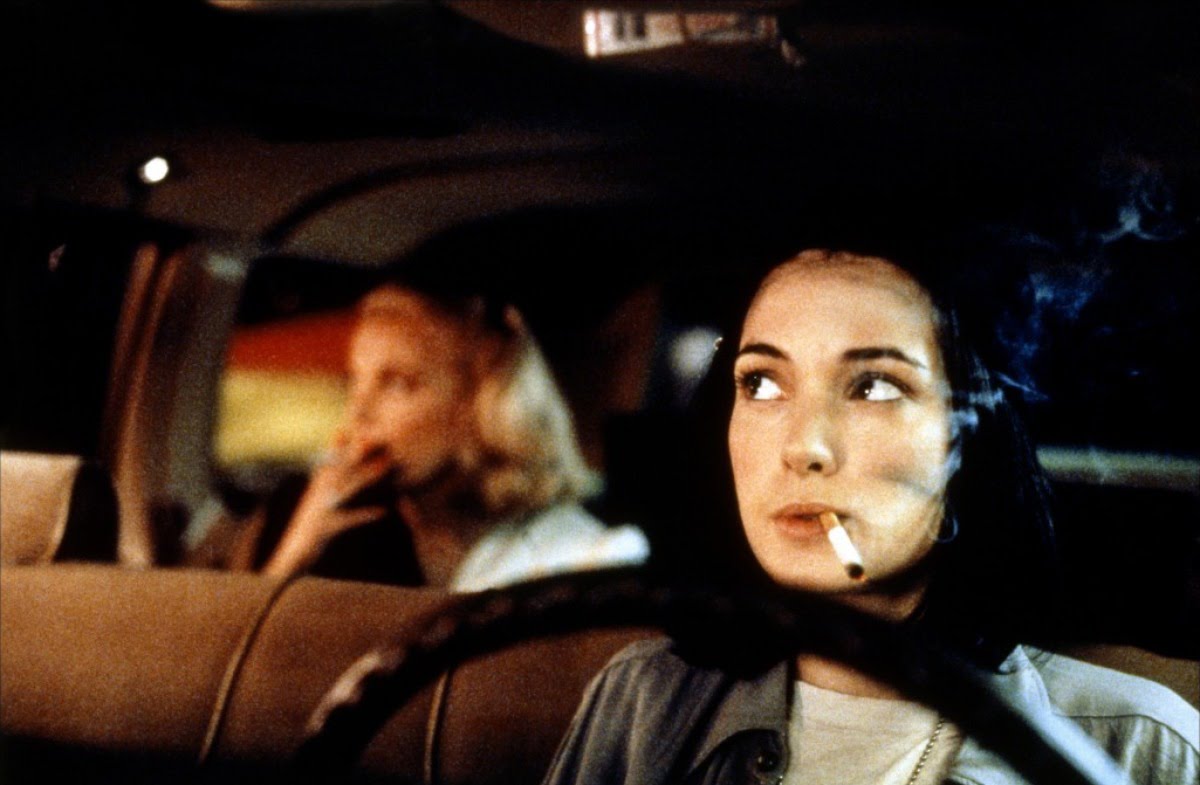
Jim Jarmusch’s fifth directorial feature is one of his very best efforts. He wrote the script in just eight days, and while this is very impressive, Night on Earth highlights the importance of improvisation and trust in the cast when undergoing production. He is a filmmaker who can create environments and opportunities for actors to come in and enjoy themselves, and often, the results are magical.
The film presents us with a series of characters which span numerous time-zones: five cities – LA, New York, Paris, Rome and Helsinki – and five glimpses into the lives of some particularly intriguing characters. Jarmusch shows us five vignettes which explore the strange and oddball relationships to emerge between the taxi-driver and their passengers, capturing an array of humble and vibrant characters.
There is sometimes disagreement between them, but often the conversations radiate a warmth, some in different ways than others. Ugliness is presented – such as that shown by the men in the Paris cab – but there is always a sense that the beauty of conversation is being creatively captured.
The nightscapes outside of these taxi-cabs are lonely, vast spaces – and the interiors which we spend much of our time are oddly comforting spaces. As always with Jarmusch, we feel we are in good company. The Ohio born director is brilliantly gifted when it comes to originating engaging characters, whether they are playful, apologetic, idealistic, they are always odd, in their own unique and wonderful ways.
It depicts life’s strangest moments, and there’s always a fellow stranger along for the ride. “It’s hip, it’s cool, it’s happening,” says YoYo (Giancarlo Esposito) as he stares out at the streets of New York City, and this pretty much describes Night on Earth, and even Jarmusch as a filmmaker during this period. For those seeking aid with characterisation, his body of work is positively inspirational.
7. Ikiru (Akira Kurosawa, 1952)
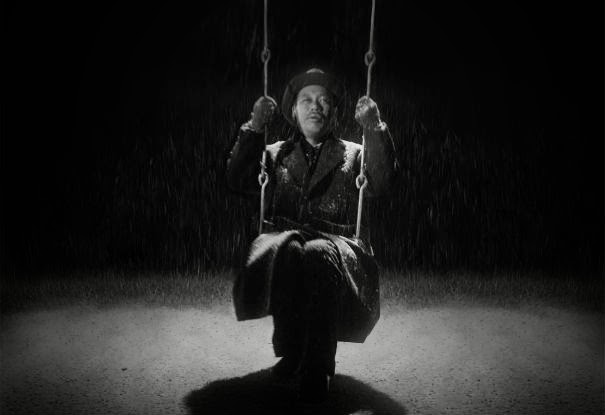
Akira Kurosawa directed many great films; Rashomon, Seven Samurai, Dreams, Ran and I Live In Fear, along with many others. Yet, he considered his 1952 film Ikiru to be his greatest achievement. Honestly, it’s difficult to dispute.
The film is a beautiful examination of human decency while holding political cowardice and apathy to account. The great filmmaker managed to sculpt a timeless narrative critique of governmental selfishness, and its universal message has only strengthened over time.
A bored and listless bureaucrat begins to question the meaning of his life after he is diagnosed with stomach cancer. Although he has yet to discover this at the beginning of the narrative, the narrator informs us that the hero of the story has in fact been dead for twenty-five years; not because he passed away, but because he has had no ambition, making no positive impact in a job role that supplies him with some degree of freedom to support change. To live does not merely mean to breathe, but to touch those around you – in this respect, to have lived is to be remembered fondly when you are no longer here.
A group of women are striving to have a playground built in the area, and we follow them as they are passed from department to department, each one pushing blame onto the next until the women are left exhausted and immobilised. Kurosawa wished to draw attention to a heartless system, and as the narrator highlights, the best way for Mr. Watanabe – our protagonist – to remain in a powerful position is to do absolutely nothing.
However, as he slides into alcoholism he grows to realise the hard way that the time has passed to make the decisions he should have made long ago, such as remarrying and finding happiness in love once more. He doesn’t have an instant epiphany, instead, a realistic approach is taken: he is terrified of death, paralysed by fear.
When he finally has the revelation to help organise the development of a children’s playground, a group of youthful faces sing “happy birthday” as he rushes to put a plan into action. He is reborn. Since he has no future, he has decided to fuel a brighter one for those who do with a gesture of good will.
Then, he will be able to leave the world behind in the comfort that something will be left of him; a legacy. Ikiru is about legacy, and the concept that life lasts forever, as long as you do something with it – in this example, leaving an extension of yourself behind that can be cherished in your absence. The playground is his shrine.
This is a film which rightfully asks you to reevaluate yourself, urging you to question whether you could have done more, and asserting that it’s never too late to change for the better. The theme of regret has long been of fascination in cinema, and this may be the best example of its exploration. If you haven’t already, you owe it to yourself to see this film.
6. Synecdoche, New York (Charlie Kaufman, 2008)
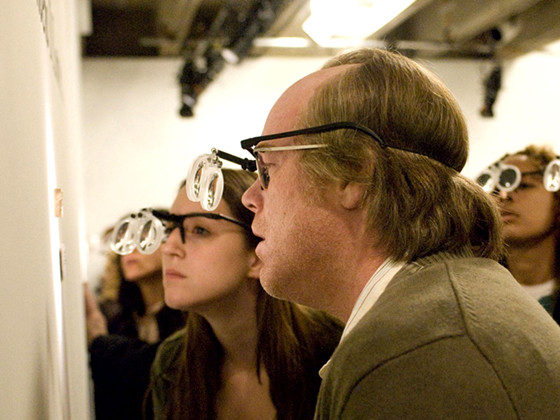
Synecdoche, New York is the directorial feature-debut of Charlie Kaufman. It still feels bizarre to write this; how can this be someone’s first film? It’s simply extraordinary.
Before gracing the director’s chair, the acclaimed writer was known for his work on Spike Jonze’s Being John Malkovich, Adaptation, and Michel Gondry’s Eternal Sunshine of the Spotless Mind. He is a man of unparalleled imagination, and this film is perhaps the most engrossing portal into the depths of Kaufman’s mosaic mind. Although it is just over two-hours long, it feels as though we have been with it for days, months, years, lifetimes; this is intended as compliment.
To recite the plot wouldn’t really do much good. It is a film about ageing, about the way that ourselves and the ways in which we are seen and perceived constantly shift. It is about preserving moments, and about life as performance. One big stage-production before that final curtain falls. Of course it can be read in many ways, this is a personal take.
Philip Seymour Hoffman plays a theatre director who is given a grant to create something artistically exceptional. He decides to assemble a large team and begins to engineer a life-size replica of New York City inside a warehouse; the stage and setting for a new play.
The production begins to blur into reality, and what we are presented with is a meditation and examination of humanity, life encapsulated, mortality. It’s a broad stroke of a feature which allows us to experience someone else’s lifetime in surreal fashion.
Hoffman is arguably one of the finest actors in cinema history, and his performance here is ablaze with truth. The brilliance of his acting is perhaps most important to the film’s success, because we must believe in him and relate to his emotions in order to follow the narrative smoothly; he makes the craziness of Synecdoche, New York feel rational enough to accept. We can only ever truly understand it on it’s own grounds, but we can feel it.
It’s not comforting viewing, it’s very cynical – this attitude is something he has continued to progress with in later works such as the devastating Anomalisa, of which he wrote and co-directed with Duke Johnson.
Kaufman’s cinema teaches us that even when displaying audiences with something totally bizarre, it can make a human impression when handled with heart and personality. Before his death in 2013, American critic Roger Ebert asserted this as the best film of the 2000’s. There are others who argue the same.